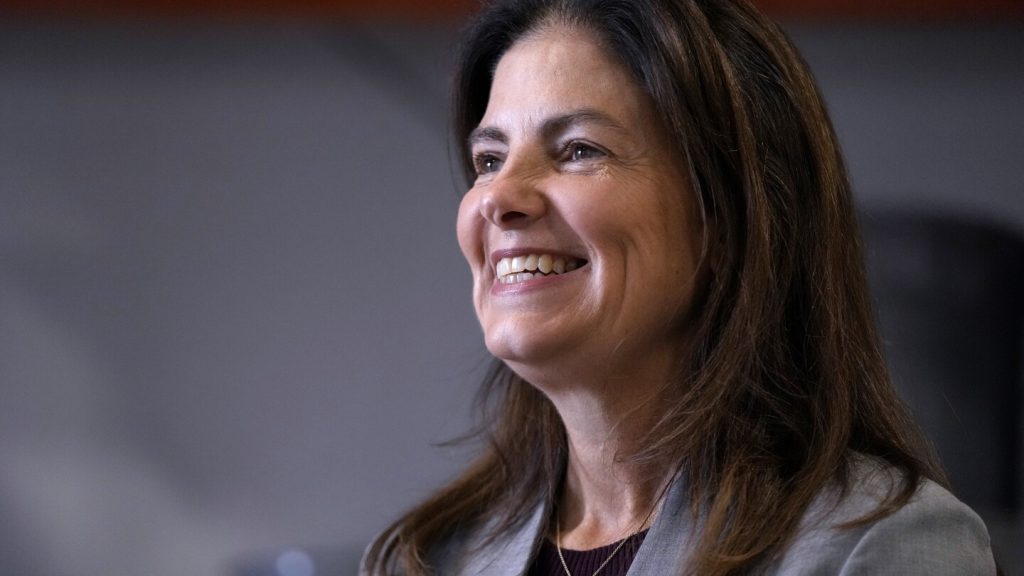The recent election of Republican Kelly Ayotte as New Hampshire’s governor has set a new record, with 13 women serving as state chief executives next year, breaking the previous record of 12 set after the 2022 elections. Governors play a significant role in American politics, influencing state policies and often using their experience to launch campaigns for higher offices. The representation of women in these leadership roles helps normalize the image of women in political and executive leadership positions. Despite this progress, 18 states have never had a woman serve as governor, highlighting the continued underrepresentation of women in executive roles.
Ayotte, a former U.S. senator, defeated Democratic nominee Joyce Craig, a former mayor of Manchester, New Hampshire’s largest city. Ayotte’s victory has made her the third woman to serve as governor of the state. Both Ayotte and Craig mentioned that gender did not play a significant role in their campaigns, although reproductive rights were a prominent issue. Ayotte stated she would veto any bill further restricting abortion in New Hampshire. With Ayotte’s inauguration, there will be five Republican women serving as governors simultaneously, a new high. The remaining eight female governors are Democrats.
The 2022 New Hampshire gubernatorial race was one of the few competitive races among the 11 held that year. Looking ahead, more progress or setbacks for women’s representation in governor’s offices could occur in the 2026 elections, where 36 states will elect governors. While most voters tend to prioritize party loyalty and ideology over gender when voting, female candidates often face heightened scrutiny compared to their male counterparts. Women must navigate stereotypes and biases in executive races, such as for governor and president, more than in state legislatures, where women are making strides in leadership roles.
The recent gains for women in governor’s offices come as Vice President Kamala Harris faced challenges in her bid to become the first female president. Experts acknowledge the intersection of gender and race in shaping Harris’ campaign and the ways in which she was evaluated by voters, opponents, and the media. Women seeking executive roles often confront masculine stereotypes associated with positions like the presidency, requiring them to work harder to overcome these perceptions. While factors like sexism, racism, and misogyny are not the sole determinants of voter behavior, they play a significant role in how leaders are perceived and evaluated.
Overall, the progress achieved by women in governor’s offices reflects broader societal shifts towards gender equality in political leadership. The representation of women in executive roles helps to challenge stereotypes and normalize female leadership in various spheres. As women continue to make strides in political leadership, organizations like Vote Run Lead Action provide support for women running for state legislatures, aiming to address systemic barriers to gender equity in governance. The increased visibility of women in governor’s offices signals progress towards a more inclusive and representative political landscape across the United States.


